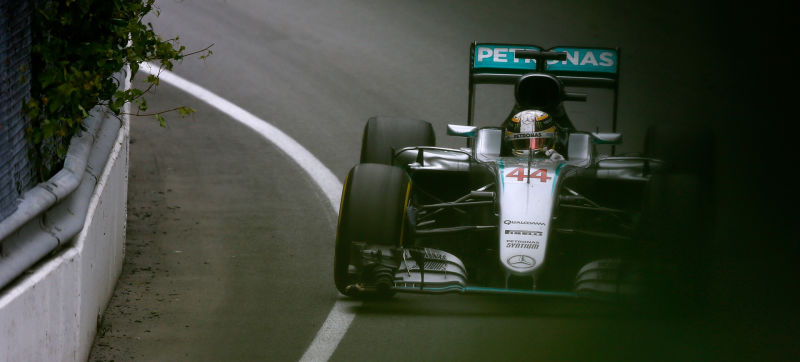
Formula 1 is a strange sport, strange enough that the number of engines in the cars themselves could be a matter of debate.
F1’s currently regulates that teams use a 1.6 liter turbocharged V6 with hybrid drive. This is fact. Even within this strict definition, we’re looking at weird engines on their own. Particularly odd is that teams split their turbos to have an inlet compressor on the front, an exhaust turbine at the rear, and a central spine connected to an electric motor.
What interests me about it is that these turbos that are now mandated by F1 were once considered outright illegal. It wasn’t because they were too powerful or too dangerous but rather, as possibly the sport’s most successful engine designer once argued, a second engine. I noticed this line while reading an old MotoIq article about Ford’s forgotten 1000hp turbo motor developed at the start of the 1980s:
Advertisement
The rules at the time stated that an engine could have a maximum capacity of 3.0L if normally aspirated and 1.5L if supercharged. These displacement rules were written in 1966 when turbocharging automotive engines wasn’t really even considered. Keith Duckworth (the “worth” in Cosworth) pretty much was against the entire idea of turbocharging in F1 because he believed it was technically against the rules. What Duckworth said was that a turbocharger was actually a second motor that shared the combustion chamber inside of the engine and of course two motors were not allowed in F1. To further his point, Ferrari was injecting fuel directly into the turbine section of the turbo (anti-lag) effectively converting a turbocharger into a gas turbine and turbine engines were not allowed in F1 either. While Duckworth’s points are probably valid (you gotta remember that a turbocharger on a gasoline engine was a relatively new idea at the time) to some degree, the rulemakers in Paris still allowed turbochargers.
Indeed, in a way, a turbocharger is basically its own little turbine engine, running as part of the same drivetrain system as the internal combustion engine.
Couple that with F1’s current mandated hybrid drive with electric motors run by both the engine and the turbo itself, you’re looking at a twin engine/twin motor vehicle. And who says F1 is boring?
Sponsored













